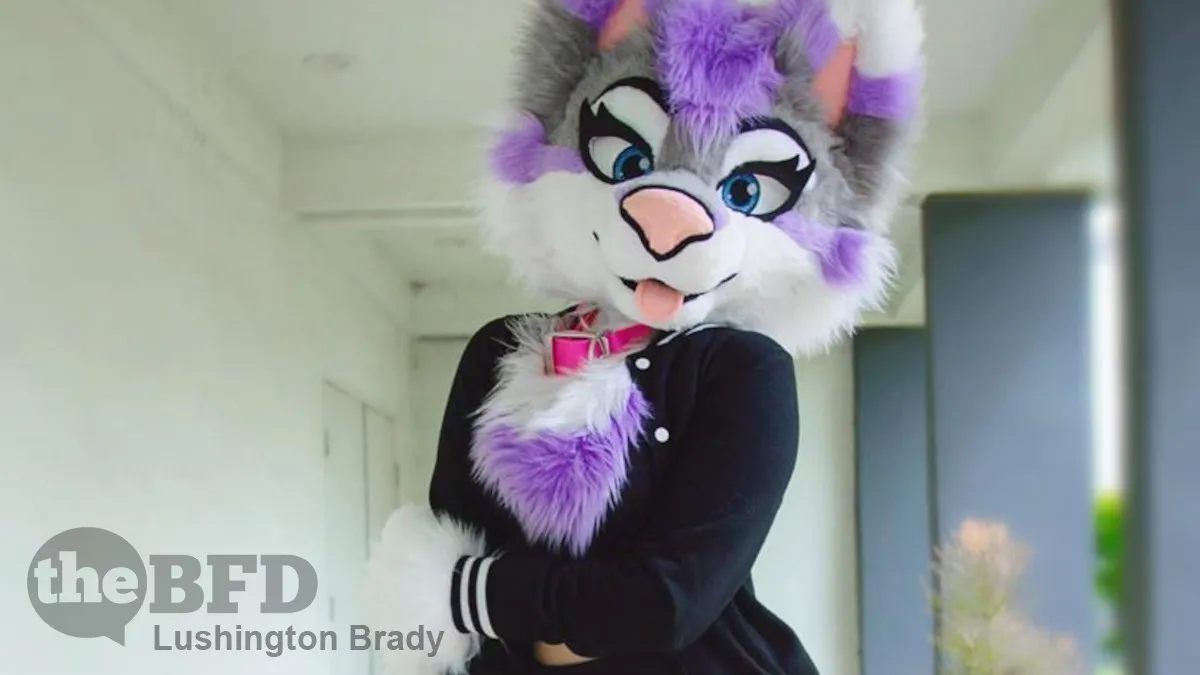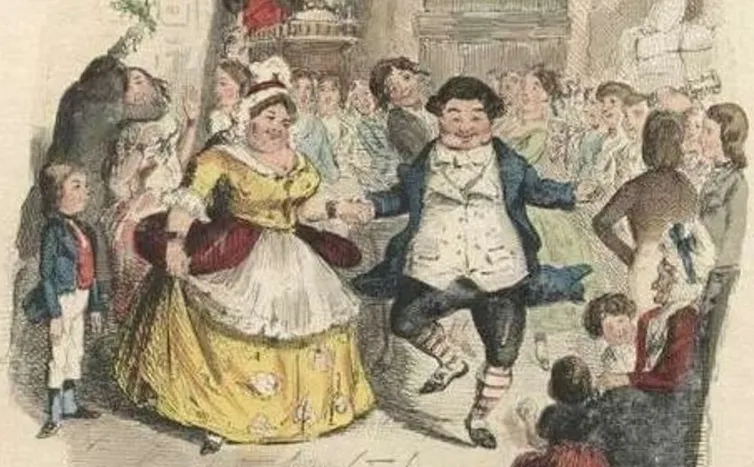I have a soft spot for the Furries. Or had, anyway. I’ve always been fascinated by marginalised subcultures, from 70s Sharpies and 80s Hardcore Punk, to Discordianism and the Church of the SubGenius. The Furries fit right in all that.
Lately, though, in the opinion of older Furries, the fandom has become “toxic” — and they’re not wrong. What was a subculture based around being fans of anthropomorphic art and literature and dressing up in silly animal costumes (although only a small percentage of the fandom ever did so) has been “invaded” by some very dark forces.
Art and fan-literature sites are swamped by so-called “cub” material. Essentially, unabashed paedophilia. Much of that is clearly being used as bait by more-or-less open predators.
And while the fandom has always played with identity — for instance, adopting and role-playing “fursonas” — even the Furries mocked “Otherkin”, people who claim to literally be animals trapped in a human form, as weirdos and basket-cases.
But, like everywhere the identity-obsessed Marxists are gaining power, the basket-cases are suddenly running the show. After all, if men can “really” be women trapped in a male body, why shouldn’t someone “really” be a cat or a dog, even an emoji, trapped in a human body?
Say hello to “catgender” and “emojiself”.
University of Bristol, ranked 17th best in the country by the Complete University Guide, says in its “using pronouns at work” document that staff should declare their own pronouns when meeting students and new people for the first time. It links to a web page which says some people may identify as felines and others could use “emojiself pronouns”.
Forget “They/Them” or “Xe/Xir”. That’s all so 2020.
Words on a link to a web page from the LGBTA Wiki read: “Someone who is catgender may use nya/nyan pronouns” (meaning ‘meow’ in Japanese).
It explains the concept of “neopronouns”, which are described as “any set of singular third-person pronouns that are not officially recognised in the language they are used in, typically created with the intent of being gender-neutral pronoun set”.
In the list of examples is “Emojiself” pronouns, which is described to staff as “a subcategory of nounself pronouns, which are pronouns that, instead of using letters, utilize emojis”.
I suspect a great many people should properly be addressed as that curly brown emoji.
The “catgender” option, though, comes in a section explaining some individuals are ‘xenic’ – and their gender is therefore not aligned to “the Western human binary of gender alignments”.
Or what sane people call “reality”.
“Catgender” is described on the web page as “[feeling] an extremely strong connection to cats or other felines, either strongly identifying with them or simply wanting to incorporate them into their gender to better understand their identity”.
We already have a word for that, too: “Crazy Cat Lady”, or just “feminist”.
Even the trannies are objecting, although one could be forgiven for thinking that they just don’t want their whackadoodle pitch invaded by people even loonier than they are.
But Debbie Hayton, a transgender campaigner, told The Telegraph: “It brings the whole concept of being a transsexual and transitioning in society into disrepute, we didn’t ask for this. Pronouns are there to describe what we see and what we know.”
Express
Well, sorry, “Debbie”, old man, but this is the bed you made for yourself. Once you start denying biology, it’s not up to you to say when the crazy train stops.
The catgender people are just being logically consistent. In fact, they’re a living example of a very old and respectable tool in logic: the Reductio ad Absurdum. If it can be shown that taking an argument to its logical extreme results in absurdity, then the argument is clearly flawed.
The rest of us are also being logically consistent in maintaining that you’re all barking (or mewing) mad.








